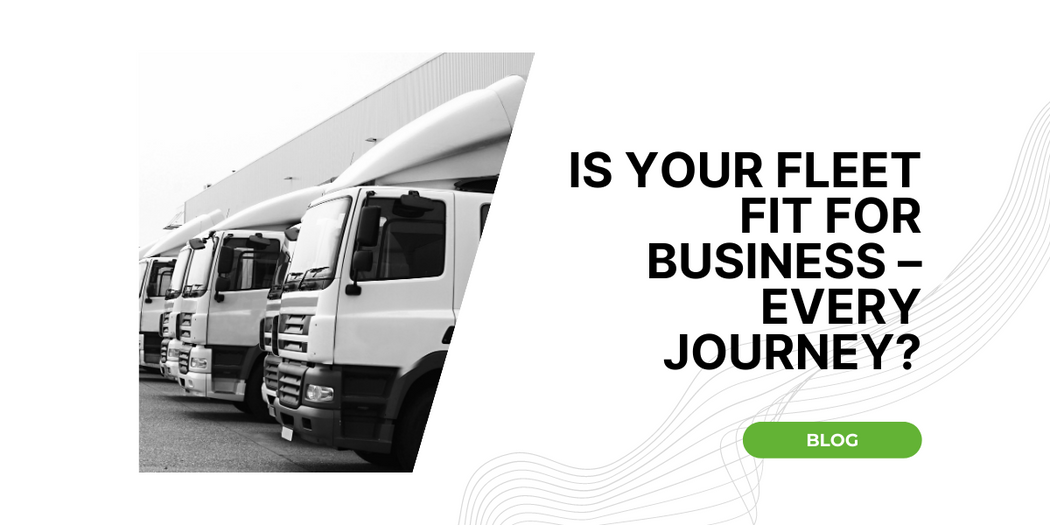Is Your Fleet Fit For Business – Every Journey?

Looking to transform your supply chain or harness the power of innovative SAP solutions? We have the expertise and experience to drive your operational excellence.
Contact us today to discuss your needs further.
Whether you're looking to optimise your business processes or streamline your operations, we have the expertise and experience to help you achieve project success.
Contact us today to discuss your needs further.
Learn how our SAP solution extensions can help your workforce reduce reliance on manual paper based activities and ensuring the ever changing needs of your supply chain operational workforce is supported.
Book a demo to learn more.
We work closely with our clients to understand their unique needs and challenges. Explore our SAP expertise services to learn more.

Reducing risk and planning the route to competitive advantage.
Previous posts have looked at connecting mobile assets such as Lorries, cars, vans and forklifts, so that potential issues are communicated before they occur in order that pre-emptive action can be taken. We’ve also talked about how real-time connected supply chains can streamline effectiveness.
Connecting people within the Supply Chain allows us to minimise occurrence of unexpected events, in turn risk of accident or injury as a consequence reducing business liability and exposure. Prior to commencement of shift employee wellbeing can be checked along with vehicle roadworthiness reducing risk and improving safety. Real time visibility of not only your fleet but your employee performance minimises risk of service failure or unplanned downtime maximising compliance, in turn customer satisfaction.
Before any delivery vehicle leaves the premises, it undergoes a series of routine checks – including its tyres, lights, fuel and oil supplies, the coupling between the truck and the trailer, braking system, windscreen wipers, etc. Traditionally these are recorded manually on paper and retrieved if required. Today they can be recorded on to a live system, with photos are taken and uploaded if there is any degree of ambiguity about whether a tyre has enough tread for example, or whether the wiper is worn. Whilst subjectivity is removed from the process opportunity for preventative maintenance is increased reducing repair and maintenance costs by as much as 50%. As wheel alignment and tracking is optimised for example there is a resultant reduction in tyre wear – a 10% reduction in cost of tyres being as much as £50k for a 200 vehicle fleet
Even in a digitally disrupted world, the importance of the human element of any business cannot be overlooked. Every one of your drivers plays a key role in your business physically meeting your customers as a company ambassador and delivering to there ever increasing expectations.
Before they get behind the wheel you need to be confident that every member of your driving team is able to carry out their job in a safe, alert and compliant way; they’ll potentially be in control of a vehicle on public roads, perhaps handling equipment in a warehouse or machinery on a construction site where liability and risk could be phenomenal.
The Fit for Work app requires drivers to pass some simple tests to show that they are alert and can perform their job properly. Like the vehicle checks, these details are recorded in real-time so that any possible issues can be resolved immediately.
Planning to this granular level significantly reduces the risk of goods arriving damaged or late; in other words potential problems are identified before they occur, meaning they can be managed to have minimal impact. Having insight and knowledge at this level puts you in control, and offers a route to competitive advantage.
Pre-journey fleet checks are just one way to adopt new, smarter, ways of working. Introducing a real-time connected element to every area of your business brings unprecedented visibility and opportunities to streamline operations. The added bonus of predictive maintenance can reduce downtime by as much as 75% and cut fuel consumption by up to 25%. Where would you like to start?
• Reducing business risk is key to protecting customer relationships.
• Every part of your business can benefit from being real-time connected.
• A 40% saving in repairs and maintenance could account for as much as £0.5m across 200 vehicles
Previous posts have looked at connecting mobile assets – lorries, cars, vans, forklifts, etc – so that potential issues are communicated before they occur in order that pre-emptive action can be taken. We’ve also talked about how real-time connected supply chains can streamline effectiveness.